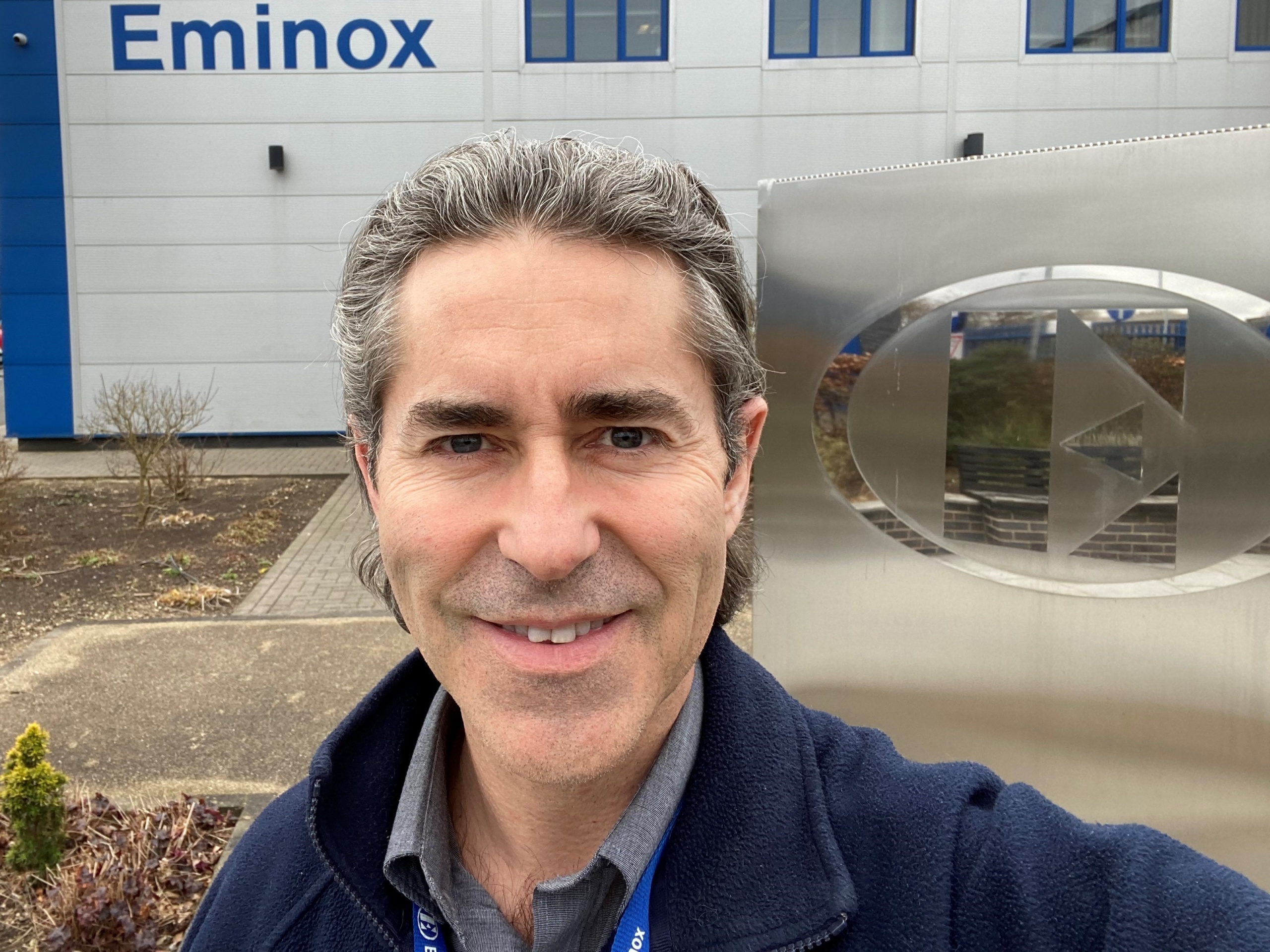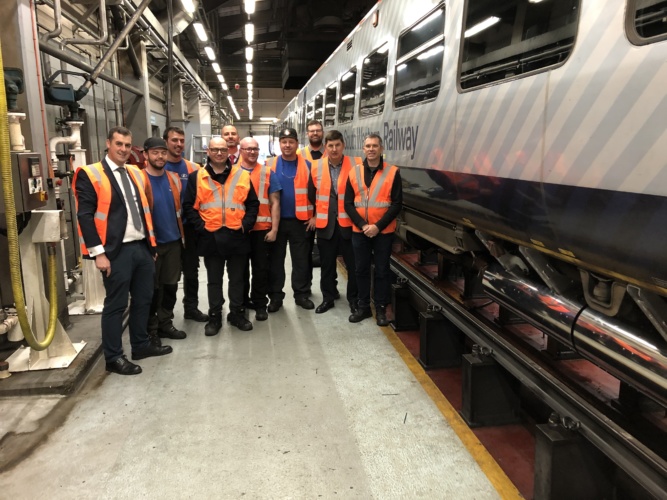 Carlos Vicente, Retrofit & Aftermarket sales director at Eminox, makes the case for cost-effectively reducing diesel rail emissions to improve air quality and save lives.
Carlos Vicente, Retrofit & Aftermarket sales director at Eminox, makes the case for cost-effectively reducing diesel rail emissions to improve air quality and save lives.
Poor air quality is responsible for around 40,000 premature deaths in the UK every year. With nearly two-thirds (64 per cent) of all energy used to power UK trains coming from diesel, the rail network is a major contributor to pollution, particularly in and around stations. The problem is not going away - emissions from freight trains increased by 8.6 per cent year-on-year in 2019/20 according to regulator the Office of Rail and Road.

However, replacing all diesel in rail is unfeasible – only 38 per cent of UK track is electrified and existing rolling stock still overwhelmingly meets operator and passenger needs. In the medium-term, diesel is here to stay in rail. That means the industry requires cleaner solutions that reduce emissions, especially particulate matter (PM), directly lower the output of black carbon, enable the UK Government to meet forthcoming net zero 2050 targets, and slow the onset of climate change.
Following the lead of other heavy-duty sectors
To start to reduce pollution, the rail industry can learn from the success of approaches used with other heavy-duty diesel vehicles such as buses, trucks and construction plant. Collaboration between government, local authorities and industry has provided targeted funding that has enabled on-road operators to retrofit Euro VI equivalent emissions reduction technology to existing fleets, lowering PM and nitrogen oxides (NOx), preserving investment in vehicles and dramatically improving air quality.
Dartmoor Line to reopen after half a century
Showing the health advantages, analysis commissioned by the Greater London Authority found that its Ultra Low Emission Zone (ULEZ) will save the NHS £4.17 billion by 2050 as air pollution-related diseases are reduced by 29.5 per cent.
The cost/benefit analysis is also clear. For example, central government recently awarded Transport for Greater Manchester (TFGM) £14.7m to improve air quality by completing a retrofitting programme on 900 buses. This means for every £1m invested, over 60 buses can be upgraded to the latest emissions standards. In comparison, the average cost of a new, replacement bus is over £200,000 (more for a hybrid or electric model), meaning that buying a new fleet of 900 vehicles would require an investment of over £180m.
As with on-road vehicles, retrofitting existing diesel rail engines provides a cost-effective solution to reduce emissions in the short term, particularly in light of government targets to improve air quality and reach a carbon neutral future by 2050. Existing diesel trains are well-engineered vehicles that can be retrofitted with no impact on performance or reliability. The industry agrees – the 2020 Rail Safety and Standards Board (RSSB) Air Quality Strategic Framework promotes aftertreatment retrofit solutions as part of the GB rail industry vision of: 'A rail network with a minimal impact on local air quality.'
UK innovation to transform diesel emissions
Demonstrating how this approach can work in the real-world, Eminox has worked with rolling stock assets company Porterbrook and South Western Railway on a pioneering proof of concept project. This saw a 1990s-built South Western Railway Class 159 diesel train in full passenger service between Waterloo and Exeter retrofitted with Eminox’s EMx S5 emissions reduction system.

Funded by InnovateUK, the project was the first time that technology based on Eminox’s on-road solutions for heavy duty diesel vehicles had been retrofitted to a train. It was adapted by developing suitable on-board urea storage, dosing and air systems, rail worthy electronics units and advanced catalyst performance characteristics to meet rail’s high exhaust temperature duty cycles. 3D scanning was used to map out the space within the train’s car to fit the solution within the existing vehicle underframe.
The retrofit technology uses an oxidation catalyst and a wall-flow filter to remove PM, including carcinogenic ultra-fine particles. Selective catalytic reduction technology then utilises urea to reduce NOx emissions. Overall, the system is actively managed by a sophisticated Electronic Control Unit which is calibrated to maximise emissions reductions as the operating conditions of the train change.
Award-winning improvements in air quality
The results have been clear – the six-month trial successfully reduced real-world tailpipe pollution, including NOx by over 80 per cent and hydrocarbons, carbon monoxide and PM by more than 90 per cent. These figures are in line with the Stage V standard for emissions.
Given the cost-effective nature of the solution, its real-world benefits, the large number of similar trains currently in service, and the immediate need to reduce pollution and improve air quality, rolling out this approach more widely could transform air quality, saving lives and reducing greenhouse gas emissions. Total UK government funding for retrofitting buses is over £110m - now is the time to apply the same, proven funding model to the rail industry, backing this innovative approach in order to drive the cost-effective implementation of emissions control solutions across the diesel rail fleet.










Water Sector Talent Exodus Could Cripple The Sector
Maybe if things are essential for the running of a country and we want to pay a fair price we should be running these utilities on a not for profit...